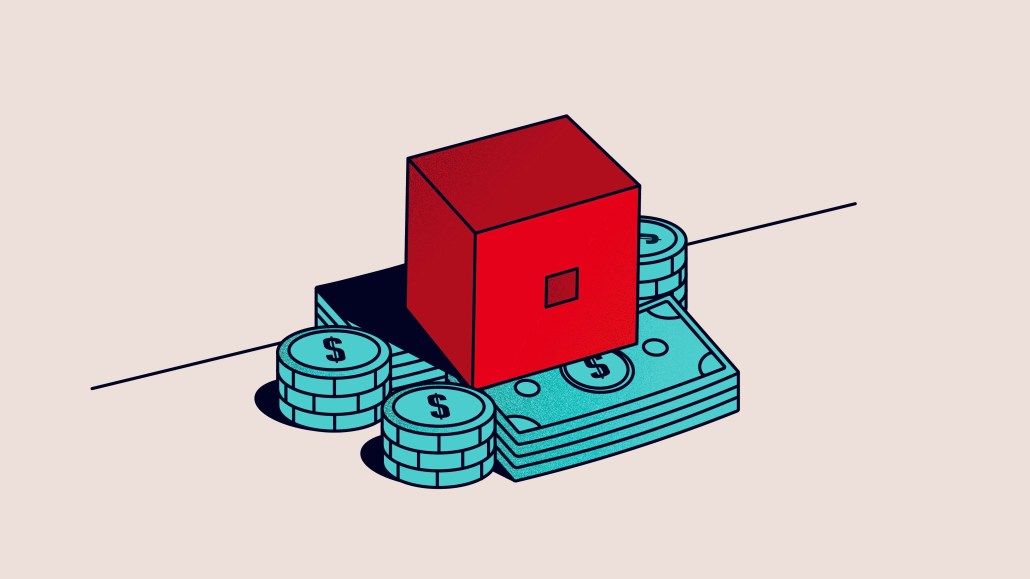Roblox’s Shopify integration has entered a closed beta test, highlighting the platform’s e-commerce opportunity

Shopify stores are beginning to show up across Roblox — and some of their operators are already reporting a significant boost in sales as a result.
After dipping its toes into e-commerce via early beta tests with sellers such as Walmart and Fandango, Roblox announced an official e-commerce partnership with Shopify at September’s Roblox Developers Conference. As of last week, the platform has allowed a select group of developers to gain access to Roblox/Shopify integration tools, including the creators of the Roblox experiences “Catalog Avatar Creator,” “Tower Heroes” and “Creatures of Sonaria,” with more experiences expected to launch their stores over the next few weeks.
“We are excited about the opportunity that commerce integration opens up for creators and brands on Roblox as a way to expand beyond the social shopping that is already inherent to the platform and into physical goods and experiences,” said Roblox vp of product, ads and commerce Louqman Parampath. “We envision shopping here as an easy and fun experience that feels closer to going to a mall with friends than online product scrolling on your own.”
A different approach
Unlike Roblox’s previous e-commerce beta tests, the Shopify storefronts participating in the ongoing closed beta test primarily sell merchandise tied to the in-game experiences themselves, rather than movie tickets or goods from non-endemic brands, as was the case for Walmart’s e-commerce experience. Shopify representatives declined to comment on this story.
Prior to launching its store inside Roblox, for example, “Catalog Avatar Creator” had already partnered with the website Lootbloc to sell branded items such as plushies and bucket hats through an online storefront. Now, players in the Roblox experience can click on an in-game “merchandise” button to gain access to a storefront that lets them purchase “Catalog Avatar Creator” merch without having to leave Roblox. Prices of the products range between $5 and $30, with all purchases including both a physical and virtual item.

The founders of Lootbloc, who helped launch the “Catalog Avatar Creator” Roblox storefront on Nov. 20, told Digiday that opening a store directly inside the experience has already had a tremendous impact on their sales numbers, although they declined to share specific figures.
“We’ve actually been very surprised by how much merch we’re selling now, especially compared to what we were selling just a week ago,” said Lootbloc director of partnerships Evan Zirschky. “We actually sold our first plushie with them back in July, and we’ve had products like hats and embroidered shirts on our website since then. But now that it’s actually in-game, we are selling tens or hundreds of multiples more than we were before.”
Promising signs
The success of the “Catalog Avatar Creator” storefront demonstrates the potential impact of the broader Roblox e-commerce opportunity. It’s one of the most popular experiences on Roblox — with an average concurrent user number of nearly 26,000, according to the Roblox stats website RoMonitor — and its audience is primed and ready to spend money on the intellectual property. Once the Shopify integration rolls out as a full product in early 2025, more experiences are likely to follow in its footsteps.
“‘Catalog Avatar Creator’ is an incredibly successful game that gets millions of visits regularly, so they’re starting off with a bigger top of funnel — more people to reach out to and potentially convert,” said Stephen Dypiangco, a Roblox brand consultant. “The products that they’re offering directly appeal to what that audience is interested in at that moment that they’re engaging. To me, those are two key components that would lead to a higher likelihood of conversion.”
Although both Roblox and Lootbloc declined to specify how exactly the proceeds of “Catalog Avatar Creator” sales are split, the early success of the experience’s storefront is good news for Roblox. While e-commerce still represents a small fraction of Roblox’s overall business, it is a promising expansion area that could help keep the company’s investors satisfied going into the new year.
“We are seeing some early positive signals from these tests showing how commerce can enable creators and brands to tap into existing user interests and build deeper connections with their audiences,” Parampath said. “While creators are still experimenting with merchandising and placement of offerings within their experiences, the implementations so far have felt additive and easy for them to leverage as an extension of their creation process. This is encouraging as we work towards offering self-serve tools to our broader community in 2025.”
More in Marketing

How marketers rank this year’s generative AI image, video tools
Digiday’s 2025 agency generative AI report card explores the winners and losers of the generative AI landscape.

In memoriam: Brands we lost in 2025
Digiday Media staff rounded up some of the most notable brand names we lost in 2025, like Joann and Rite Aid.

Pandora is betting on AI agents to scale service and emotional selling during the peak holiday season
Pandora is using AI agents to scale customer service and replicate emotional in-store selling online, just as peak season puts pressure on margins and teams.








